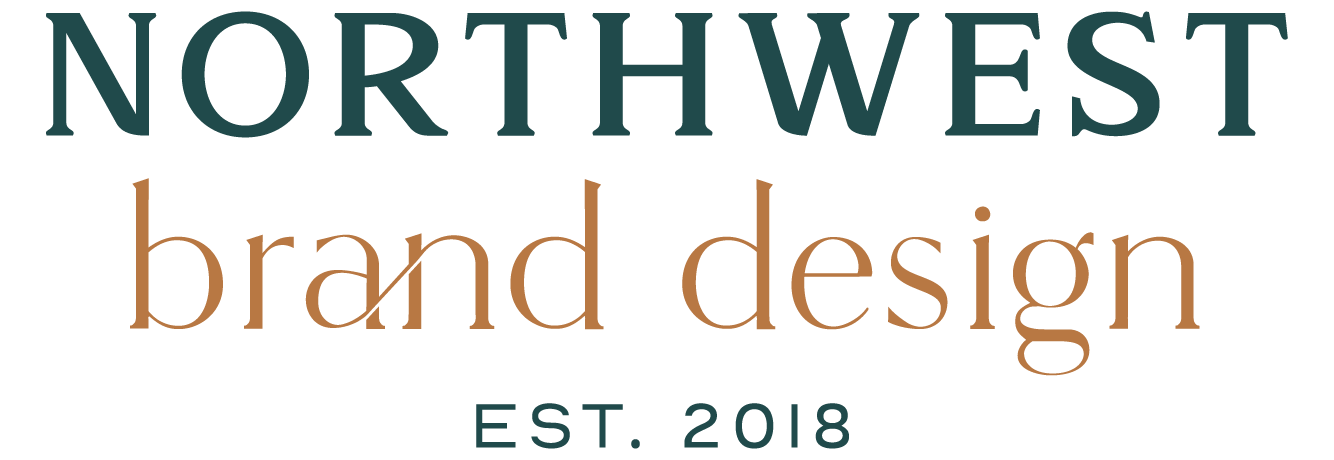Unmasking the Myth of Working for Exposure
“I don’t have the money to pay you right now, but I have a TON of friends in the industry who I will refer to you!”
“What if I tag you on my social media and give you a testimonial for how great you are in return for your work?”
There is not a creative alive who hasn’t had these kinds of work inquiries. People who, often without meaning to, undervalue our work and try to get us to give our craft and skill set for free.
Working for “exposure” is a slippery slope, and is often something that gets lobbed at young creatives and folks just starting out in their field. The idea is that you should give your time and skills in your selected craft without monetary compensation, and instead should do it because it will reach a wide audience, OR be a feature piece in a portfolio that could get you paid work in the future. While it can feel crazy to turn down any work when you’re just starting out, working for exposure often doesn’t lead to a real increase in revenue. What it does usually lead to is a giant headache, and a lot of effort for not a lot of return.
Defining “Working for Free”
To be clear, working for exposure is different from bartering. Bartering, or an exchange of goods of equal value, is not the same as working for a promise of putting in a good word for your skill sets. For example, if a graphic designer was working with a tattoo artist, and the artist mentioned they needed a website – the designer could end up putting a quote together for the kind of website that the artist needed, and be compensated with a tattoo of equal value to the cost of designing the website. This is a fair exchange of goods and services — each participant leaving with something they need or want, that they would have paid money for anyway to obtain.
In the example of graphic design, a client is paying you for not only the amount of time it takes you to complete a project, but the value the design will ultimately bring to them and their business, the many hours of training that got you to the point where you know HOW to create what they want, the programs you pay for monthly that enable you to design the project, and any additional resources you have to acquire to bring the project to life. Someone who asks you to work for nothing in return, or for the promise of referrals, just because you love what you do, doesn’t mean you have to do it for free.
How to Say No
In most cases, folks are well-meaning but just don’t know what goes into creating what they’re asking for. Taking a moment to explain the value, as well as the time and cost to you, often allows them to understand what they’re asking for. If someone is still pushing you following this explanation, there is a way to say no that is calm and doesn’t leave the interaction off on a bad note. As frustrating as it can be, it is important to maintain a level of professionalism in these interactions. Here are some examples of how to say no professionally:
“Thank you so much for thinking of me! At this time, I am unable to take on unpaid work. But I would be happy to send you an estimate for the project you’re looking for if you’re interested in my services.”
“This project sounds very interesting, but I have a lot on my plate right now and do not have the time to take it on at this time.”
“Unfortunately my rates are set. If you would like to send me an idea of a rate you’re comfortable paying, I would be happy to make a recommendation for someone in my network who better fits in your budget.”
Knowing Your Worth
Being aware of the market you're in is key to knowing your worth. For example, in graphic design, AIGA is a main hub that designers can turn to for resources on how to run their businesses and for finding work. They have small business and freelance guides on contracts and how to set your rates. It is important to research what your industry’s standard rates for your level of experience are, AND what the going rates are in your area. Rates vary based on the area you live and work in, so it is important to make sure that the rates you are quoting are competitive with others in your field.
Getting to Work
Unpaid work is not only a detriment to your income, but also negatively impacts diversity in the arts, and is driving new talent away from creative career paths. By fairly and firmly setting boundaries for yourself and your craft around free work, you are helping to educate and set a standard of what that craft is worth.
The nice thing about being creative is that there is a large and ever expanding community — and most are willing to share experiences and give advice to folks starting out or making a career shift. Setting up informational interviews with folks in your field who you admire or look up to is a great way to learn and make connections. We’re always willing to chat with folks in the design and marketing world, so contact us and let’s talk shop!

